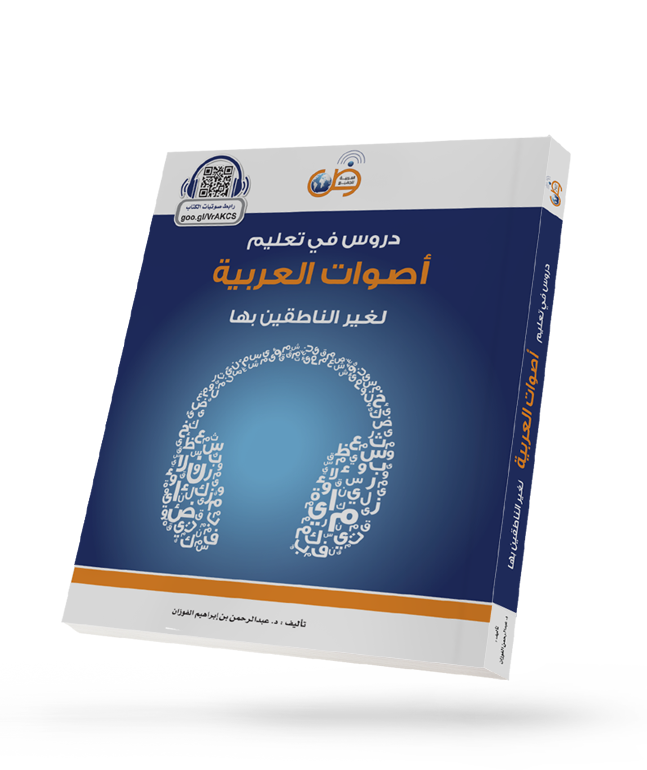One of the most common phonological difficulties facing a student of the Arabic language is to distinguish between short and long-standing phonetics and to distinguish between similar sounds. Such as the distinction between (س) and (ص) ... etc.
In this book, we try to train on the pronunciation of sounds using the three types of phonetics exercises, with more emphasis on the use of minor pairs to practice pronouncing sounds that may be difficult for
some students of different linguistic affiliations, as it may be difficult for a student to speak Arabic and not difficult for another, according to their linguistic affiliation. »This set of exercises
helps to achieve the correct pronunciation of the sounds, whether in the case of their singularity or in the case of their synthesis. The presence of the sounds in the minor binomial words is training for them in
the context and composition, even if not with a complete context, which is the sentence: then with a complete context through selected verses from the Holy Quran; Each one includes the target audio.
This training in pronouncing and distinguishing Arabic sounds is directed to learners of Arabic of all linguistic affiliations and without intending to have a specific linguistic background.
This book takes several methods to train students to pronounce Arabic sounds:
1 - Training the student on sounds through the most important types of phoneme training.
2 - Before starting the actual training in pronouncing sounds, the student will be able to listen to them from the teacher, from the recording, or both.

- The target audio will appear in a group of words - often proper nouns -So that the students' interest is focused on pronunciation without being preoccupied with pursuing the meaning - as passed -
- We will begin by training the student to distinguish between the two sounds: the one he thinks is difficult for him and the one he knows. Either because he is in his native language; Or because he learned it
previously by listing these two sounds with words from the minor dualities known to have meaning and significance »by means of the image that shows the meaning of the word. In this way, the student will
know the difference between the meaning of the two words; and it becomes clear to him that the meaning of this is not the meaning of that one, and then he will know that this sound is different from that. This
leads to an attempt to recognize and imitate his correct pronunciation. "It has been proven that the words that are firmly established in the mind and the easiest to use for the student later are the words
that the student learns their meanings through life situations that arouse his interest."
- Then the learner will be trained to distinguish between sounds by means of lists of minor pairs; Without stating the meanings of that vocabulary, all of the vocabulary in these lists is correct in Arabic. The
learners should focus on the correct pronunciation of sounds and words and not be preoccupied with the meanings of words so that the focus is on one skill.
In these last two types of exercises, the chosen similar sounds will be placed in different locations of the word the first time; in the middle is another and in the third or the like. The exercise will take
place on these three sites with the three movements and with stillness as much as possible. The targeted voice is mentioned sometimes open, sometimes enclosed, sometimes broken, and sometimes static as possible.
The student will listen to the targeted voice through a carefully selected set of Quranic verses. So that each woman includes the largest number of target voice. Read from one of the most well-known readers.
At the end of each phonics lesson, a set of exercises - often nine - will be presented in three pages; Through these exercises, students can verify the control of sound and distinguish it when hearing it. And
it's doing right.


